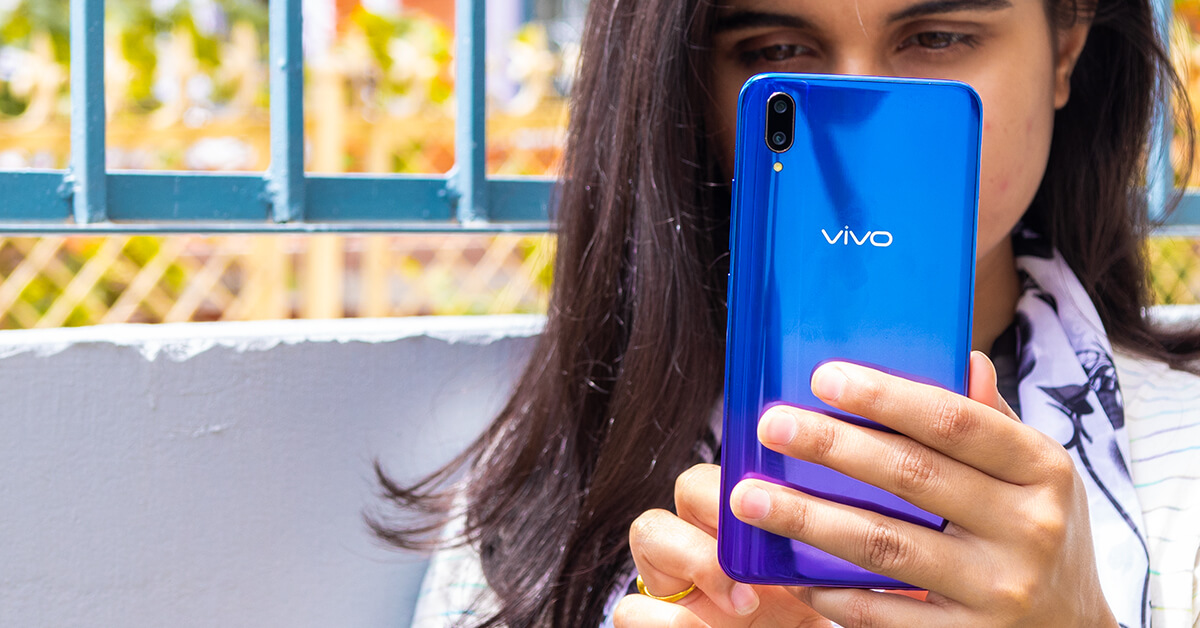
After the notched display trend to get larger displays on smartphones, companies, now, seem to be going after the traditional fingerprint sensor. Many phones are replacing it with the futuristic In-Display Fingerprint scanner. While the technology made debut commercially on the Vivo X20 Plus UD, the Vivo V11 Pro is the one with it in South Asian markets. But what else does it have besides that? And is it worth it’s price tag of almost Rs.50000 in Nepal? Find out in this Vivo V11 Pro full review.
Vivo V11 Pro Specifications:
- Design: Polycarbonate body with In-display fingerprint scanner
- Display: 6.41″ Full HD+ Super AMOLED display (2340 x 1080) with 19.5:9 aspect ratio and 402 PPI
- Rear Camera: Dual Camera setup, 12 MP primary lens with f/1.8 aperture + 5 MP depth sensor
- Front Camera: 25 MP Camera with f/2.0 aperture
- CPU: Octa-core Qualcomm Snapdragon 660
- GPU: Adreno 512
- RAM: 6 GB
- Storage: 128 GB (expandable via microSD)
- Connectivity: 3.5 mm headphone jack, microUSB port, Wi-Fi 802.11 a/b/g/n/ac, Dual SIM (SIM + Hybrid SIM slot)
- Battery: 3400 mAh with Dual Engine Fast Charging
- Price in Nepal: Rs.49,490
Design
First, the design of the phone. The design is attractive, yes, but it kinda feels cheap on the hands. Of course, that has to do with its plastic back. The construction of the phone feels quite sturdy, and with its glossy finish, it can be easily mistaken for glass. But the phone’s light weight gives it away. The back is also a fingerprint magnet, attracting quite a bit of smudges. The phone is durable, no doubt, but it is very slippery.
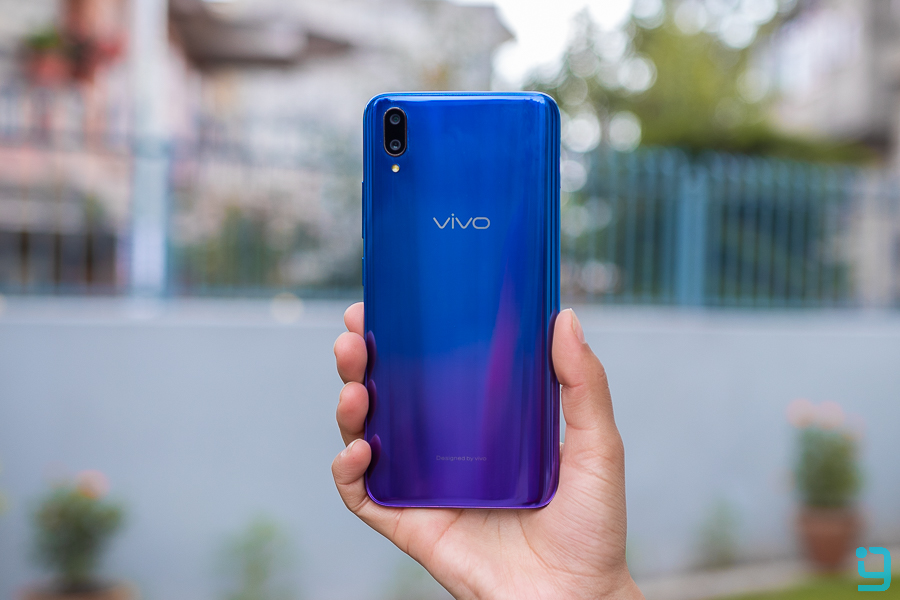
The polycarbonate back held its own on some drops, but unfortunately, I cannot say the same for the front. The front is a 2.5D curved screen with Gorilla Glass 3 Protection, which cracked easily on a single drop. But luckily, for an AMOLED panel with an in-display fingerprint sensor, replacing the screen was relatively cheaper than I anticipated. (Cost me Rs.8800 (NRs.) to be precise)
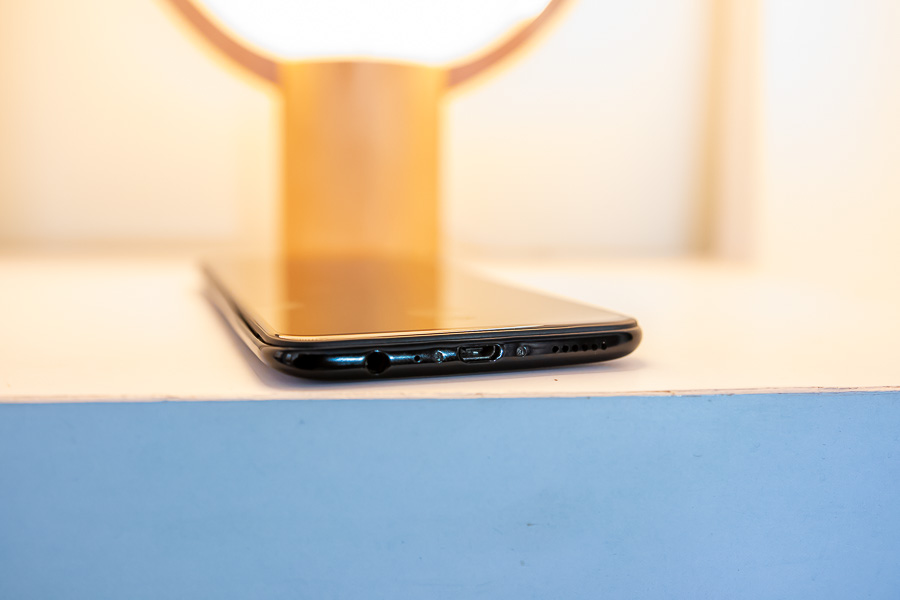
Back to the design, the phone is quite big in size, but it is slim. Still…one handed usage is difficult. All the buttons are on the right, and the bottom houses a single speaker, a 3.5mm headphone jack – which feels like a bliss in 2018, and a microUSB port. The fingerprint sensor is embedded in the display itself, and while that may make the phone appear futuristic, the microUSB feels silly, and that too, on a premium mid-ranger device! Of course, it is a cost cutting decision, but it doesn’t feel right in the final stages of 2018.
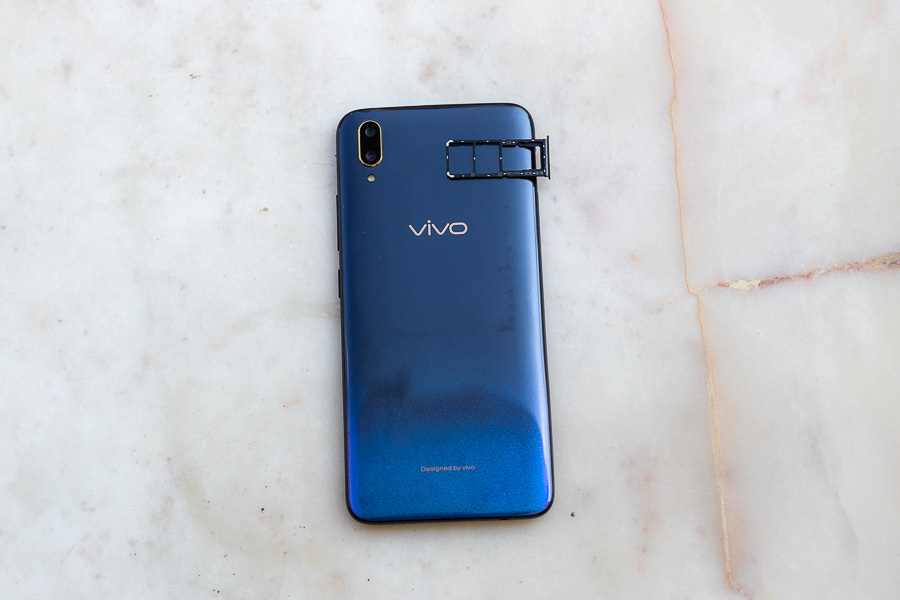
The color I had, i.e. Starry Night Black, is strikingly eye catching. It has a dual-gradient color that goes from blueish purple at the bottom to inky black at the top. There are also some sparkles at the bottom, which is probably why it’s called Starry night. The color at the bottom shifts from blue to purple, depending on the viewing angle. And while that reminds of Huawei Nova 3 and Nova 3i, the Vivo V11 Pro has its own additions that make for its stunning looks. If only, the back was metallic, it could have been my favorite design on a smartphone so far.
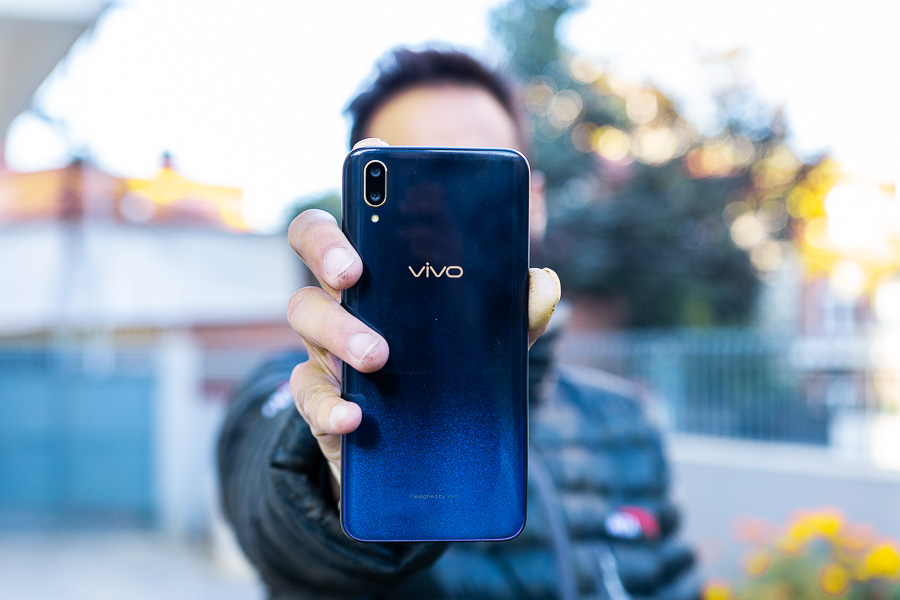
Also, the Vivo V11 Pro comes with a case in the box, and I recommend you use that on your phone. Because, even though the polycarbonate back is strong, it’s glossy finish is easy to scratch, and it is prone to slight discoloration with prolonged usage. So, if you want to avoid micro abrasions on it, do yourself a favor, and slap a case on it.
Overall, the phone looks striking, but fails to feel that way. It would have been great if the phone had a metal construction, because, for something that costs 49,500, a plastic back is another downer.
Display
Up front, the upgrade to Super AMOLED panel has made quite a difference! You get better color accuracy, with deeper blacks, punchy colors and better contrast overall. And even with an AMOLED screen, sunlight legibility is quite good. You’ll have no problem looking at the screen outdoors in different angles, whatsoever.

The screen is a large 6.41” with a 19.5:9 aspect ratio. There’s a small water-drop or a tear-drop notch (whichever you like to call it) on top that houses the selfie camera. The front speakers are also located right above the selfie camera, and that design is cleverly minimalistic. But one thing that you need to know is that you cannot hide the notch in the settings. It is there to stay. But even with the small notch, the arrangement of the notification and information stats is kinda haywire. It’s not very well organized to fit all your notification icons.
The bezels are ever so slim and that makes the screen appear larger than it already is. The tiny bezels on top also accommodate the IR sensor for the facial recognition. Even with this minimalistic design, the phone cleverly manages to include all that’s necessary. The Full HD+ resolution of 2340 x 1080, makes for a 402 PPI pixel density, and for a large screen such as this, it makes for quite the viewing experience.
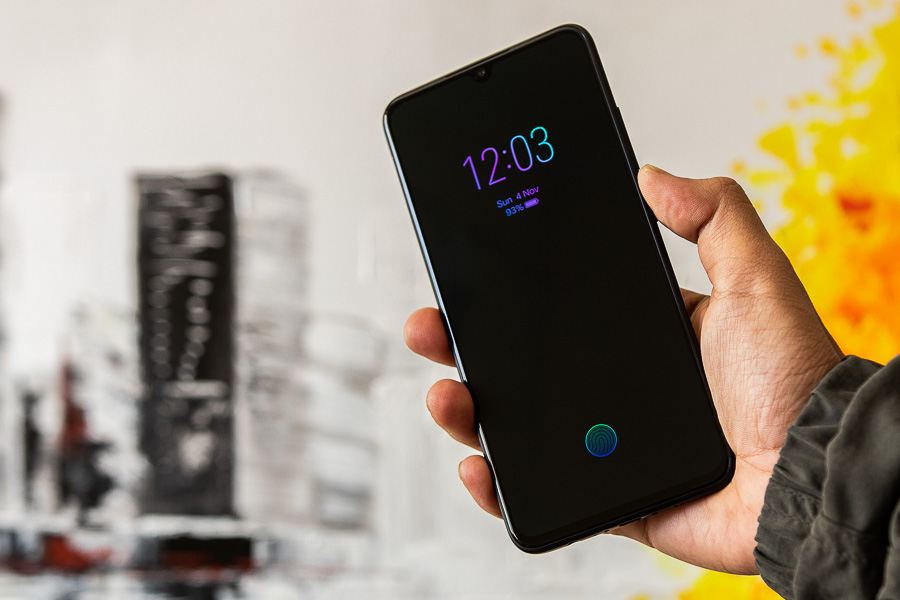
The in-display fingerprint sensor occupies the bottom of the screen, and is visible only when you lift the phone in your hands. There’s the Always On display option, which shows you the time, and battery level, but sadly, won’t show you notifications. And since the tiny notch means no LED notification lights, this is another inconvenience you’ll have to get over. However, you can also customize the time to turn on and off the Always On display, which is a handy feature to save battery.
Camera

As for cameras, the Vivo V11 Pro packs a dual camera setup of 12 MP with f/1.8 aperture and a 5 MP depth sensor. The primary camera does a great job while capturing pictures. And I was thoroughly impressed by its ability to capture details. In good lighting, the sharpness of the images will impress you.
It represents colors accurately enough and your basic photography needs will easily be fulfilled. Low light images do get some noise, but the camera manages to brighten up the images.
What I mean is, even at very low light, the camera bumps the lighting to make it appear as if it was taken in better lighting conditions. If you look at these images, you’ll know, because even with the bumped up lighting, the grains in the images give it away.
Night shots, however, are not usable. They’re a mixture of noise, grains and everything unpleasant. However, with a source of light around, the pictures will maintain their composure.
The depth sensor does a good job of background blurs and edge detection, but as it is with bokeh shots, these are always a hit and a miss. You can also choose to blur the foreground instead of the background, but of course you wouldn’t do that. In good lighting, the portrait shots come out great. However, in low light, the edge detection suffers, and aren’t satisfactory.
As with most phones of 2018, the cameras are AI integrated, and while it comes into play at certain times, you won’t really notice the difference. The AI Portrait Framing option will help you focus on the necessary areas of your picture, but again, it’s not very accurate. You also get the AI Face Beauty feature in the back camera, but I don’t find it very useful. Of course, some of you out there would love this feature, as it can help remove all the blemishes and spots on your face, and make you look pretty.
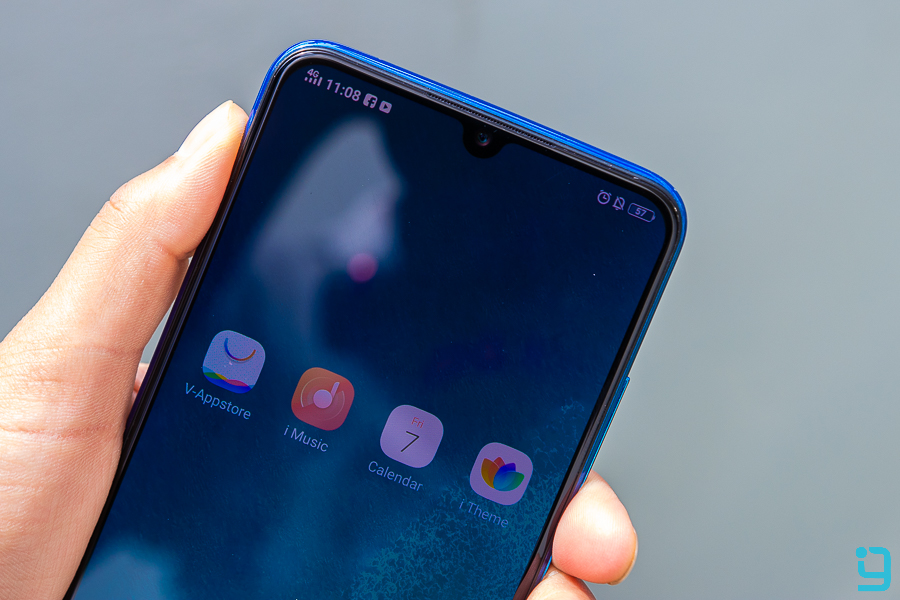
As for the selfie camera, it is a 25 MP lens with f/2.0 aperture. And while the front camera can take good resolution pictures, I didn’t quite like it. Mainly due to its tendency to overstep beautifying aspects of your face. Now, there is a separate beautifying options in the selfie camera, but even with all that turned off, it sneaks up on you. So, if you want to look natural in your selfies, you simply can’t! But, for those who want to enhance themselves, you’ll like the selfie camera.
However, portrait shots with the selfie camera are still good, even though it’s all software. If you can get over the facial enhancements, you might like the overall results of your portrait selfies.
For high resolution image samples of the Vivo V11 Pro, click here
For videos, the Vivo V11 Pro is capable of taking 4K videos, but the lack of Image Stabilization makes this feature less useful. The camera lacks any kind of image stabilization – neither OIS nor EIS, so, you’ll need the steadiest hands you can find for your videography needs. However, the quality of the videos is good enough.
But Slow Motion on the Vivo V11 Pro seems half baked. For such a price, I expected it to have some sort of super slow-mo, but it actually doesn’t. The regular slow motion will not impress you any, and you might not even use it all that much, as it’s not that handy.
Overall, the camera offers a lot of bells and whistles, most of which, won’t come in handy for everyone. Instead of those half-baked extras, improvement over the basic camera features would have been better, like the inclusion of image stabilization. And Vivo needs to work on the facial enhancement features in their further phones.
Performance
There’s not much to say in the performance department. With an octa-core Snapdragon 660 chipset combined with 6 GB of RAM, the phone is quite powerful. The transitions between screens are fast, and multi-tasking is very smooth. It can keep apps open in the background for a considerable time too.
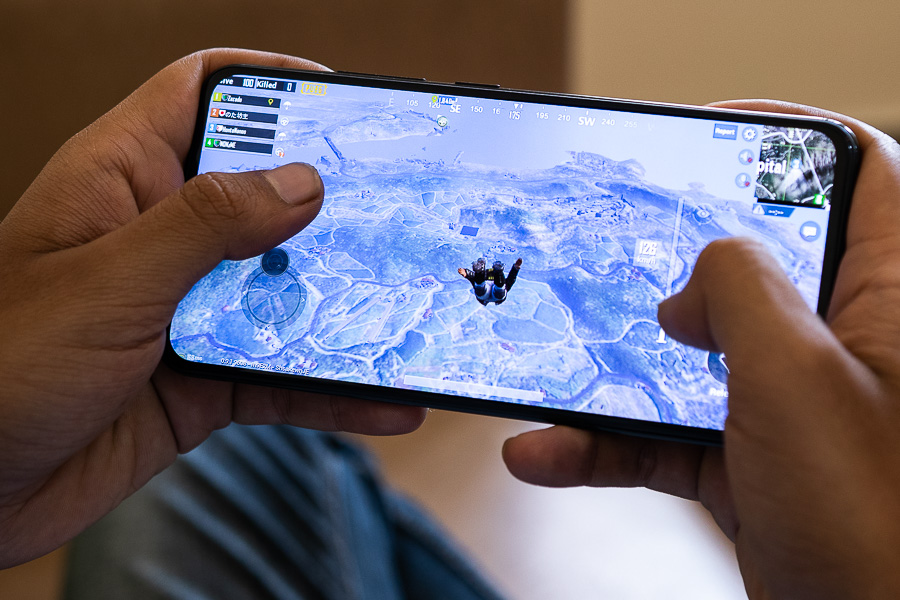
Gaming on it is also amazing, especially because of its large screen with the small notch. Regular games face no constraints, and even heavy games like PUBG runs very well on the highest possible settings. You can play it in HDR settings in High Frame rates, without any kind of lags or stutters.
I didn’t really notice much heating on the phone either. That maybe due to the plastic build, but even so, the thermal levels were lower than on other phones of similar construction. So, from a gaming perspective, this phone is a good choice.

The In-display fingerprint sensor, as exotic as it sounds, actually doesn’t perform that well. And by that, I mean, it’s a bit slow and sometimes, fails to recognize your fingerprints. Now given that it’s not your regular sensor, I can understand its slow speed. But the fact that it fails sometimes even when you press it nice and hard, it gets you thinking. However, the effect when you press the sensor are some cool extras.
The Facial Recognition is the one that impressed me, but also got me concerned about security. Now, it’s because, while the speed at which it can unlock your phone is superb, it can also do so at quite sharp angles. And if you think that’s fine, it unlocked the phone even when my face was half covered. The phone unlocks faster with the Facial recognition than the fingerprint sensor, but my only concern is…is it really all that secure?
Let me also mention that this phone doesn’t have the Widevine L1 certification. This means that you can stream contents from Netflix or Amazon Prime at 540p at the max. The Pocophone F1 received criticisms due to this, but there are many phone which still run on the Widevine L3 certification. So, I’m just putting it out there, because it’s not as big a deal for all of us, especially in South Asian market.
In terms of software, the Vivo V11 Pro runs on Android 8.1 Oreo with its FunTouch OS 5.1 on top. And yes, we’ve always been saying that this uncannily resembles the iOS, but Vivo doesn’t seem to mind. I, on the other hand, don’t like this all that well.
There are plenty of bloat-ware in here, but you will get used to them in time. However, no search option in the settings menu, and having to slide up for the toggle settings menu feels a bit odd. The phone does come with Vivo’s own theme store, but they are also pretty heavy and won’t appeal to you that much.
Battery and Storage
As for storage, the phone is available in 64 GB and 128 GB variant, but the one we get in Nepal is the 128 GB variant only. If that’s not enough, there’s a dedicated microSD card slot, with which you can expand your memory up to 256 GB.
In terms of battery, the phone packs a 3400 mAh unit, which, may not be that big, but it can last you all day long. With regular to semi-heavy usage with constant use of social media apps and light gaming, you will still end up with more than 25% charge at the end of the day. If you’re a heavy gamer however, you might want to carry a charger around.
The charger is a microUSB, but it comes with Vivo’s Dual Engine Fast Charging. Now, while the name sounds futuristic, its fast charging doesn’t seem to be faster than other fast charging standards on other phones. It is par with the Oppo’s VOOC charge and OnePlus’ Dash charge. So, nothing extra-ordinary, I guess.
Conclusion
The Vivo V11 Pro gives off a futuristic vibe with its large screen to body ratio, minimalistic design on the front, and its in-display fingerprint scanner. It has a few aspects in which it shines. For instance, the Super AMOLED display is great, it is pretty powerful, the rear camera picture quality is good, and the battery life is outstanding.
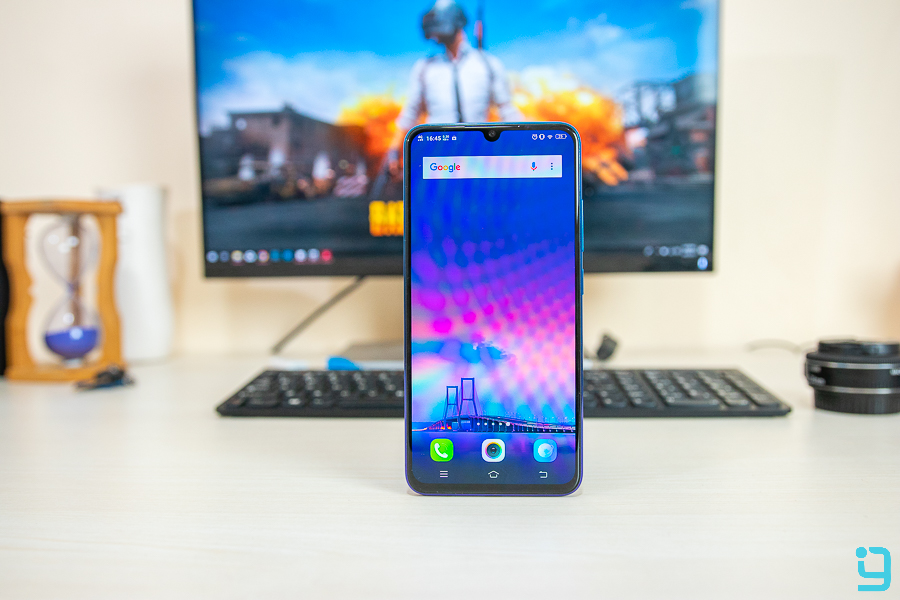
I have mixed feelings about its plastic build, the extra add-ons of the camera, in-display fingerprint sensor and the facial recognition. What I didn’t like is the selfie camera, the microUSB port, and the phone’s OS.
For something that costs close to 50000, even though the design looks good, I think a metal build is mandatory. The cameras’ extras need a bit of improvement, if it’s here to stay. The selfie camera’s beautifying feature also needs a bit of work as well. Also, a micro-USB port in 2018 is a downer. But, it has that dual-engine fast charging, so, I guess we can let it slide.
To conclude, the Vivo V11 Pro costs Rs.49490 and for all that it packs, it seems to me a good deal. The areas it cuts corners in are quite clearly visible as well, but most of them are easy to get over. This phone excels in the basic features, but the extras they provide need some work. Hope Vivo addresses them for their future phones.
Pros:
- Great Display
- Fast Facial Recognition
- Good battery life
- Minimalistic design
- Great performance
Cons:
- Selfie camera’s add-ons
- FunTouch OS
- Feels cheap
- Micro-USB













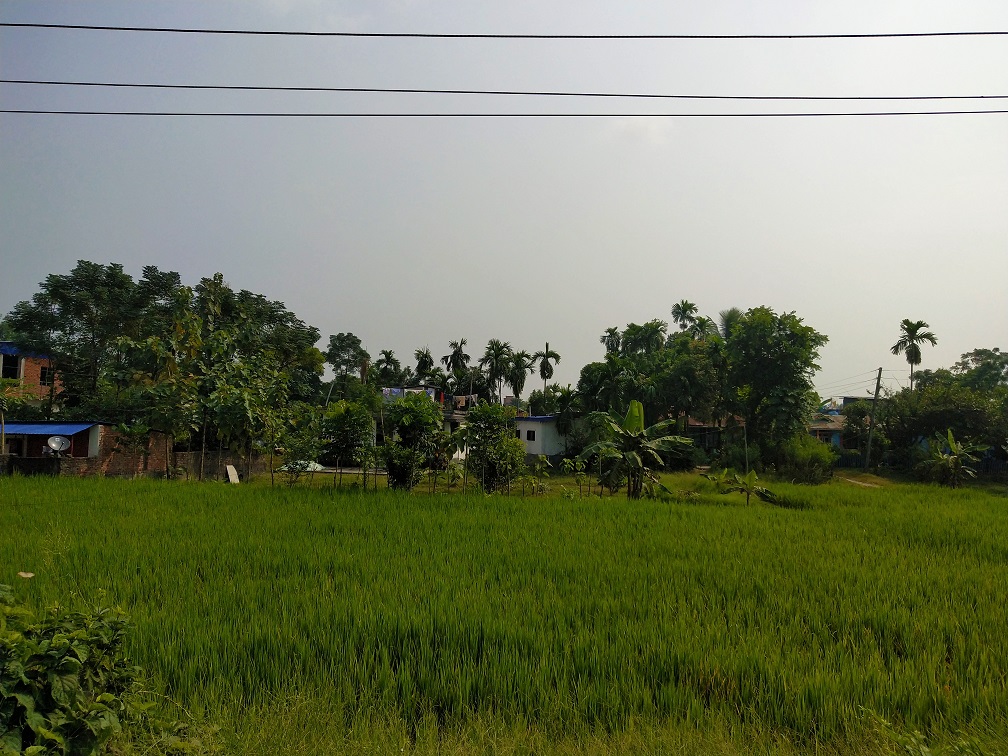



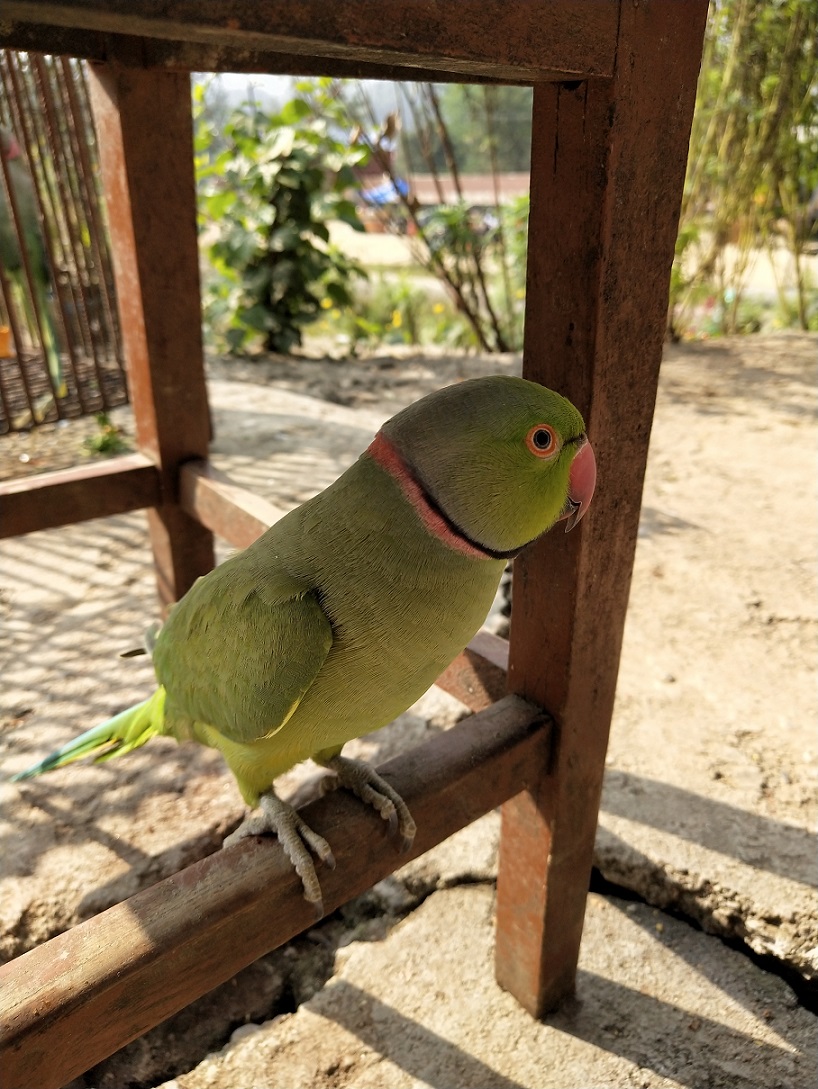









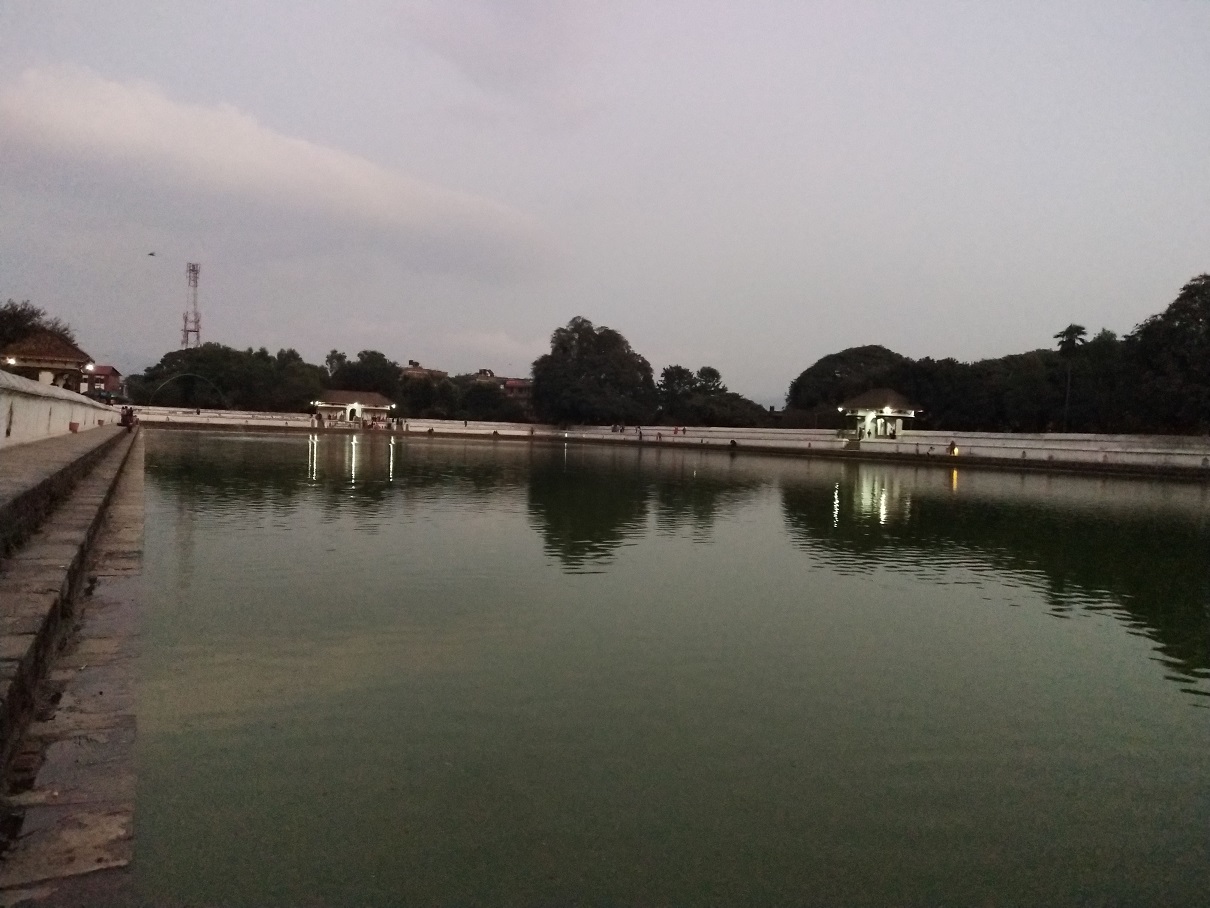




















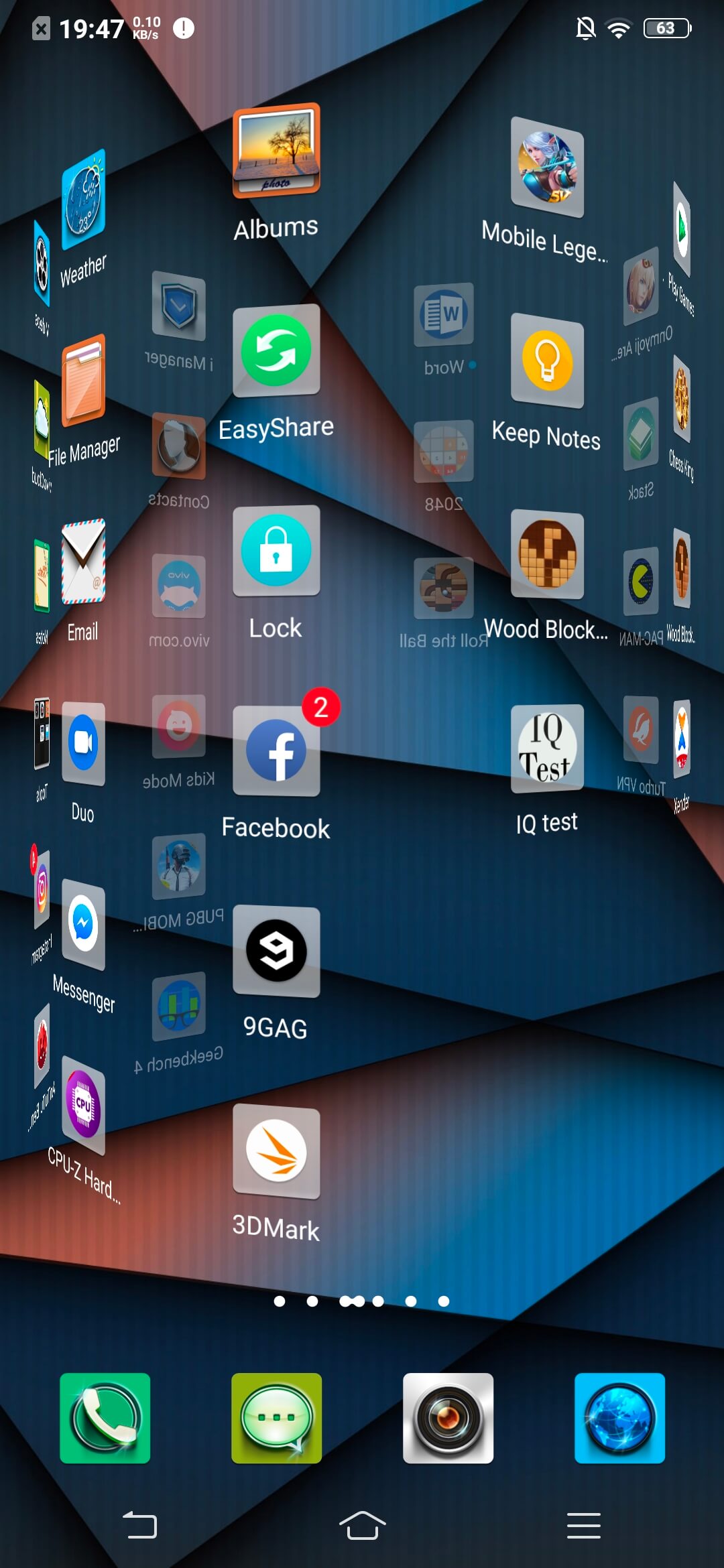
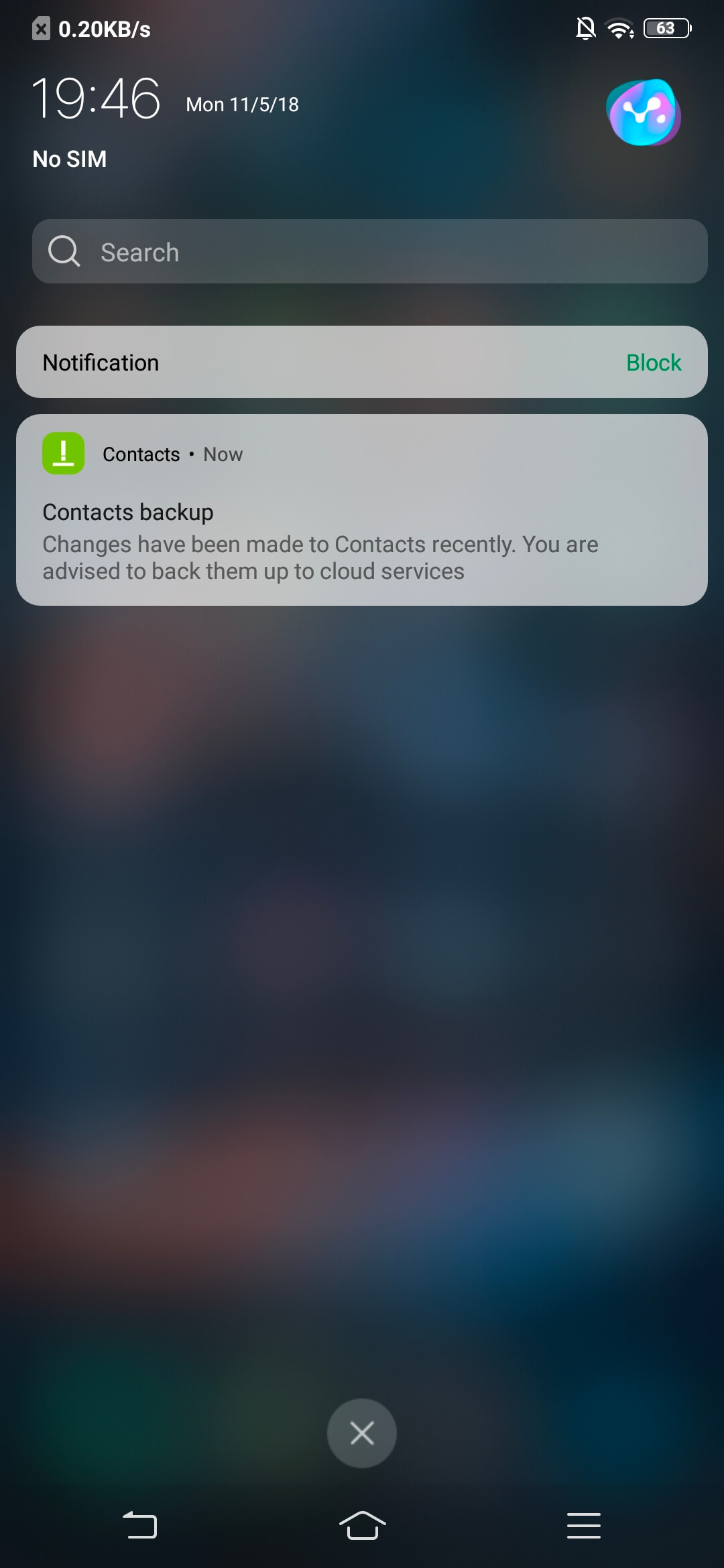
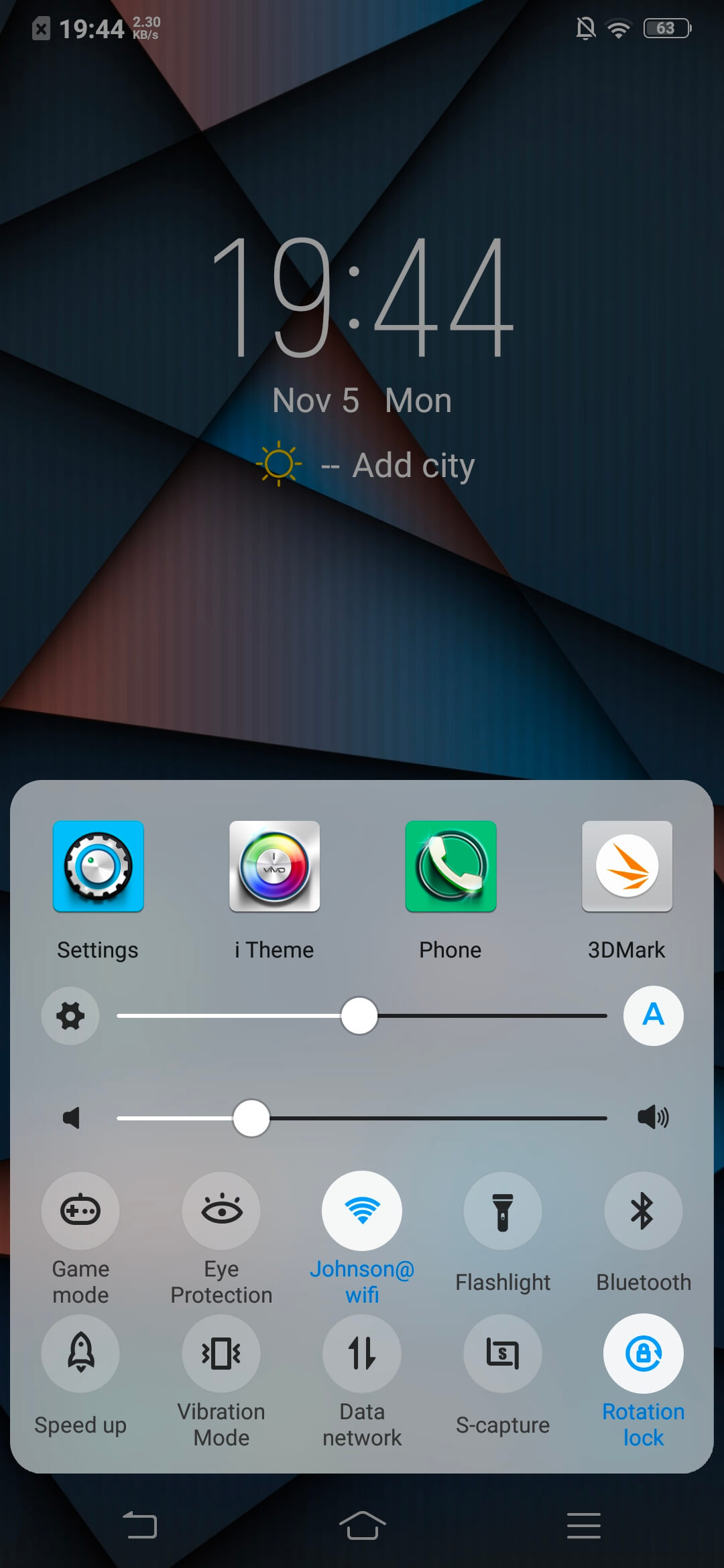
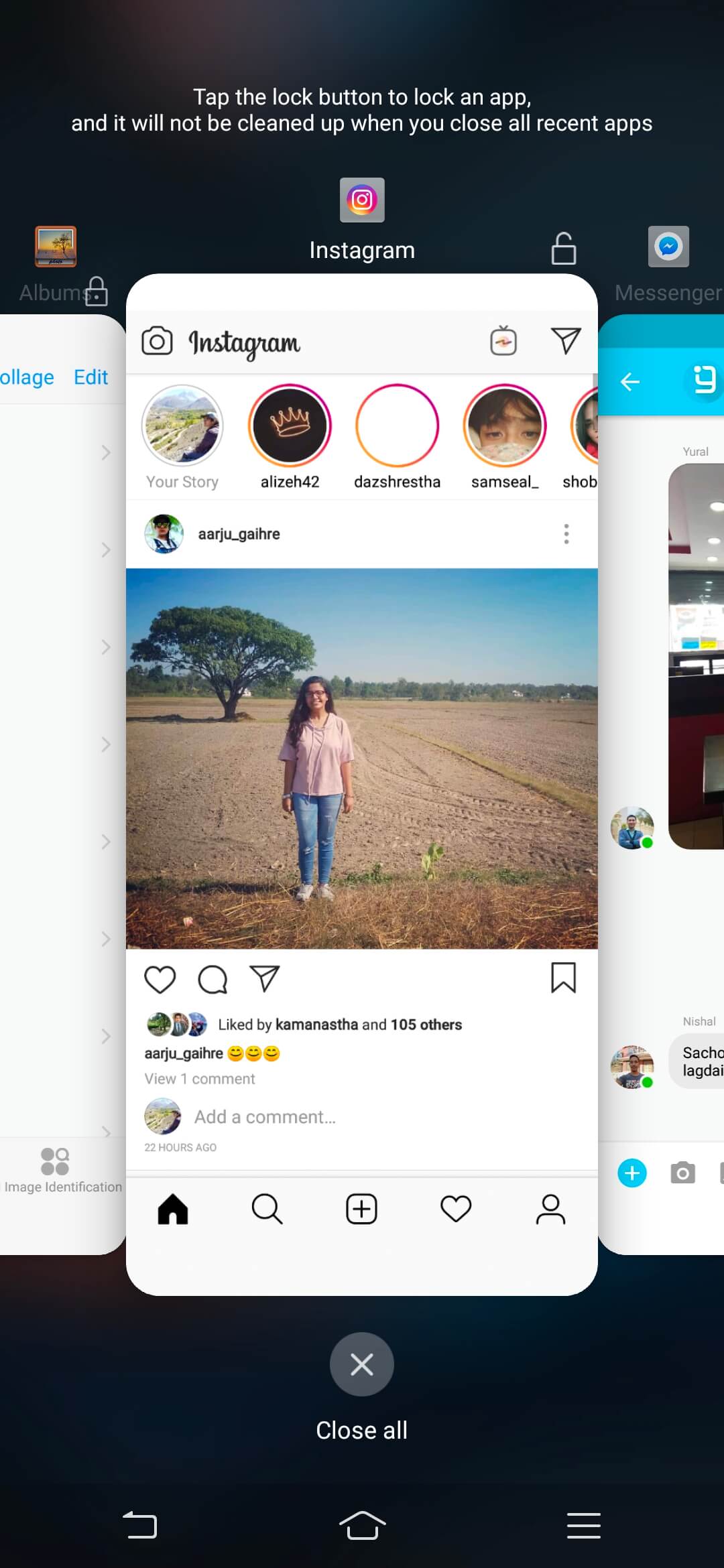


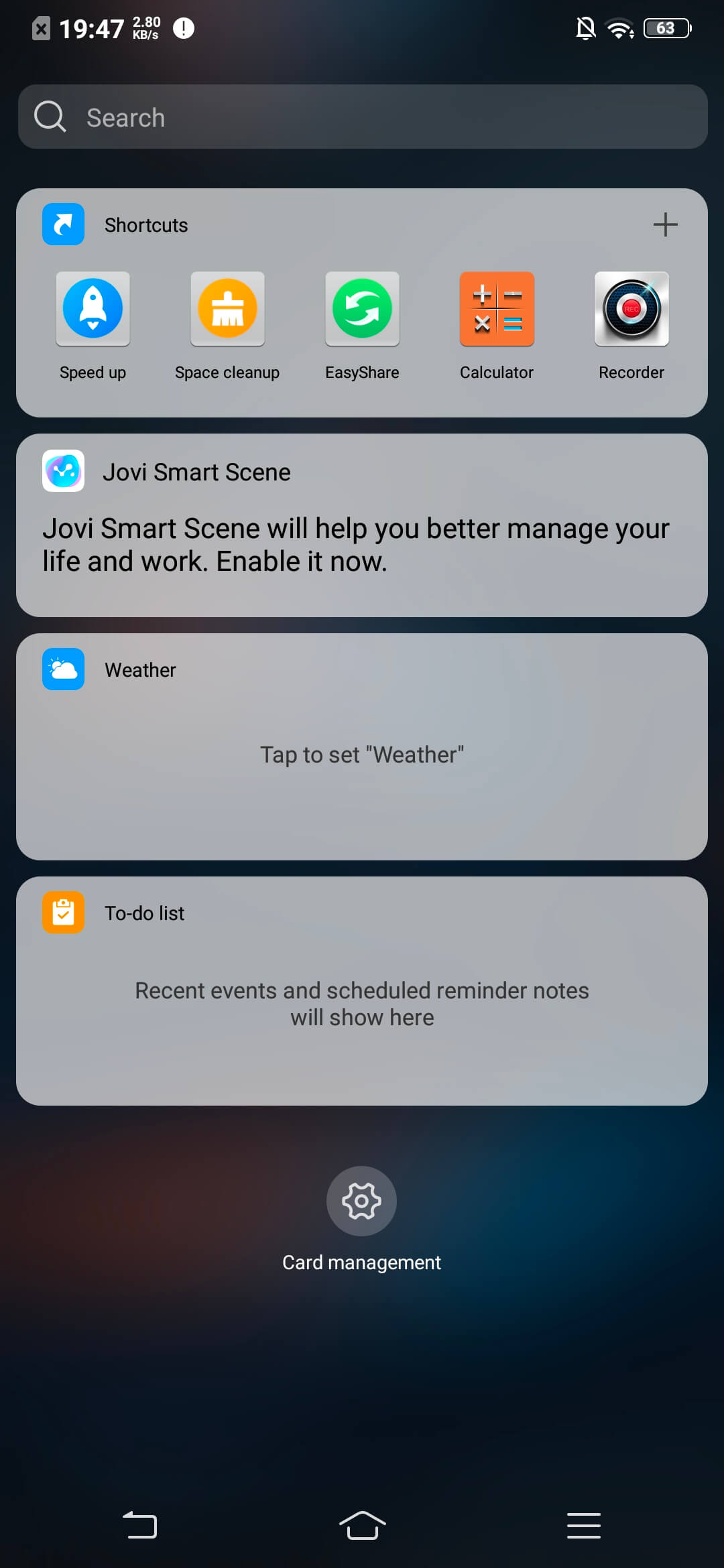









![Best Mobile Phones Under Rs. 15,000 in Nepal [Updated] Best Phones Under 15000 in Nepal 2024 Budget Smartphones Cheap Affordable](https://cdn.gadgetbytenepal.com/wp-content/uploads/2024/03/Best-Phones-Under-15000-in-Nepal-2024.jpg)
![Best Mobile Phones Under Rs. 20,000 in Nepal [Updated] Best Mobile Phones Under NPR 20000 in Nepal 2023 Updated Samsung Xiaomi Redmi POCO Realme Narzo Benco](https://cdn.gadgetbytenepal.com/wp-content/uploads/2024/01/Best-Phones-Under-20000-in-Nepal-2024.jpg)
![Best Mobile Phones Under Rs. 30,000 in Nepal [Updated]](https://cdn.gadgetbytenepal.com/wp-content/uploads/2023/12/Best-Phones-Under-30000-in-Nepal-2024.jpg)
![Best Mobile Phones Under Rs. 40,000 in Nepal [Updated] Best Phones Under 40000 in Nepal 2024 Smartphones Mobile Midrange](https://cdn.gadgetbytenepal.com/wp-content/uploads/2024/02/Best-Phones-Under-40000-in-Nepal-2024.jpg)
![Best Mobile Phones Under Rs. 50,000 in Nepal [Updated] Best Phones Under 50000 in Nepal 2024 Smartphones Midrange](https://cdn.gadgetbytenepal.com/wp-content/uploads/2024/02/Best-Phones-Under-50000-in-Nepal-2024.jpg)
![Best Flagship Smartphones To Buy In Nepal [Updated] Best Smartphones in Nepal 2024 Flagship Premium Samsung Apple iPhone Xiaomi OnePlus Honor](https://cdn.gadgetbytenepal.com/wp-content/uploads/2023/09/Best-Smartphones-in-Nepal-2024.jpg)